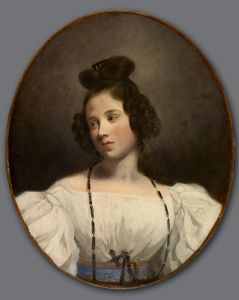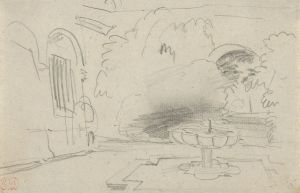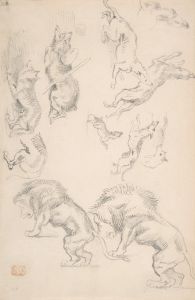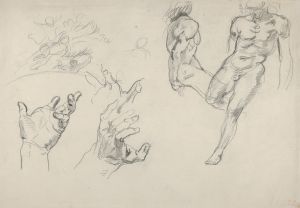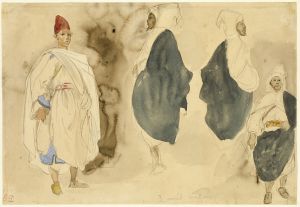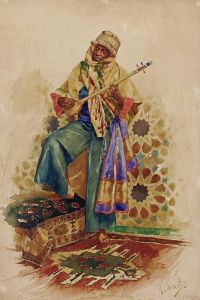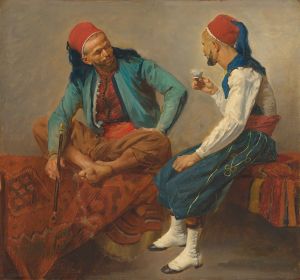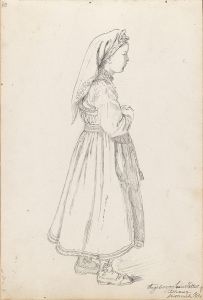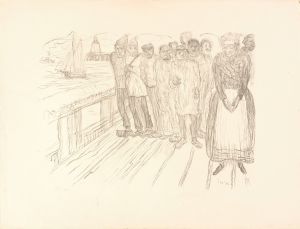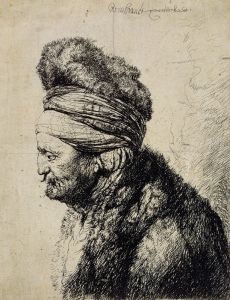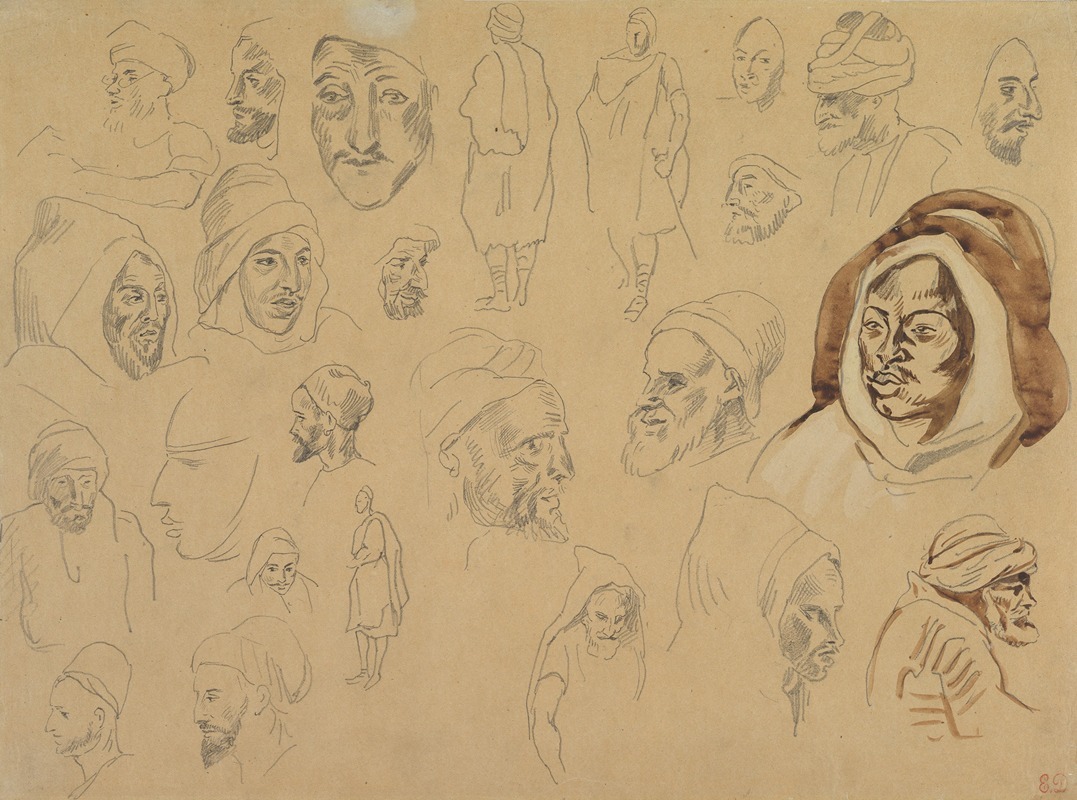
Studies of Arab Heads and Figures
A hand-painted replica of Eugène Delacroix’s masterpiece Studies of Arab Heads and Figures, meticulously crafted by professional artists to capture the true essence of the original. Each piece is created with museum-quality canvas and rare mineral pigments, carefully painted by experienced artists with delicate brushstrokes and rich, layered colors to perfectly recreate the texture of the original artwork. Unlike machine-printed reproductions, this hand-painted version brings the painting to life, infused with the artist’s emotions and skill in every stroke. Whether for personal collection or home decoration, it instantly elevates the artistic atmosphere of any space.
"Studies of Arab Heads and Figures" is a work by the renowned French Romantic artist Eugène Delacroix, who is celebrated for his vibrant use of color and expressive brushwork. Delacroix's fascination with the exotic and the Orientalist themes is well-documented, and this particular work reflects his interest in the people and cultures of North Africa.
Eugène Delacroix was born on April 26, 1798, in Charenton-Saint-Maurice, Île-de-France, and became one of the leading figures of the Romantic movement in art. His journey to North Africa in 1832, as part of a diplomatic mission to Morocco, profoundly influenced his artistic direction. This trip provided him with a wealth of inspiration, leading to numerous sketches, paintings, and studies that captured the essence of the region's people, landscapes, and customs.
"Studies of Arab Heads and Figures" is a testament to Delacroix's keen observational skills and his ability to convey the character and vitality of his subjects. The work is a collection of studies, which typically means it consists of several sketches or paintings that focus on the heads and figures of Arab individuals. These studies were likely created as preparatory works for larger compositions or as exercises to refine his understanding of the human form and the cultural attire of the people he encountered.
Delacroix's approach to these studies was characterized by his dynamic use of line and color. He often employed loose, fluid brushstrokes to capture the essence of his subjects quickly, a technique that allowed him to convey movement and emotion effectively. His use of color was equally expressive, with a palette that often included rich, warm tones that reflected the vibrancy of the North African environment.
The significance of "Studies of Arab Heads and Figures" lies in its representation of Delacroix's broader interest in Orientalism, a trend in 19th-century European art and literature that depicted the East as a place of romance, exoticism, and adventure. While Orientalism has been critiqued for its stereotypical and sometimes patronizing portrayals of Eastern cultures, Delacroix's work is often noted for its depth and sensitivity. His studies reveal a genuine curiosity and respect for the people he depicted, capturing their individuality and humanity.
Delacroix's North African studies, including "Studies of Arab Heads and Figures," had a lasting impact on his oeuvre. They informed many of his later works, such as "The Women of Algiers in their Apartment" and "The Sultan of Morocco and his Entourage," which are celebrated for their compositional complexity and vivid detail. These studies also influenced other artists of the time, contributing to the broader Romantic movement's fascination with the exotic and the unfamiliar.
In summary, "Studies of Arab Heads and Figures" exemplifies Eugène Delacroix's skill as an artist and his engagement with the cultural and visual richness of North Africa. Through his studies, Delacroix not only expanded his artistic repertoire but also offered a glimpse into the diverse and vibrant world that lay beyond the borders of Europe, leaving a lasting legacy in the history of art.







